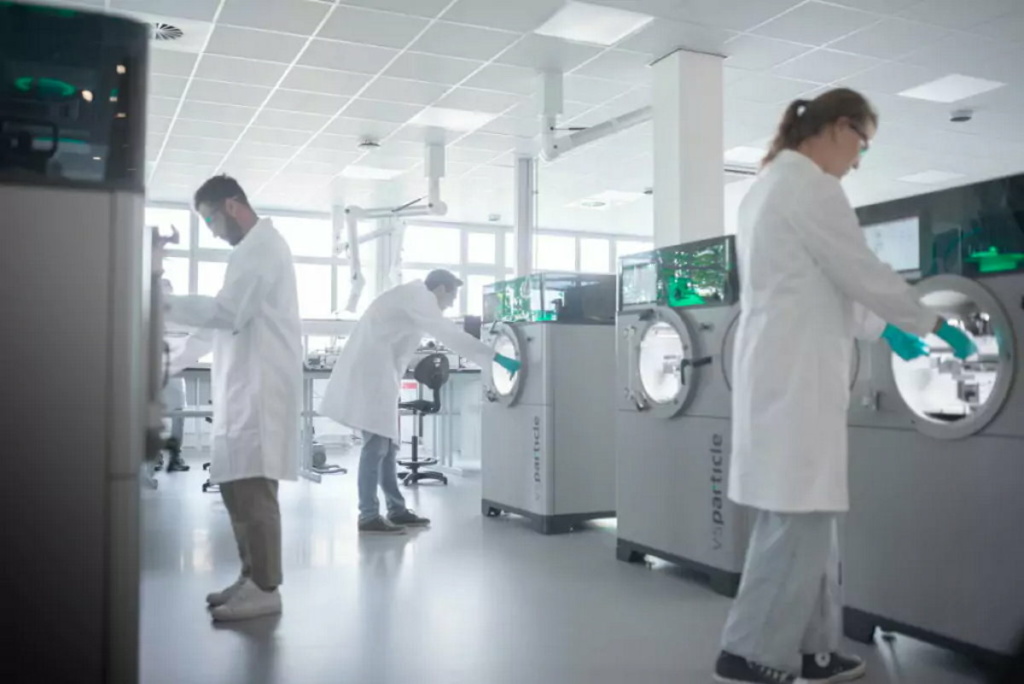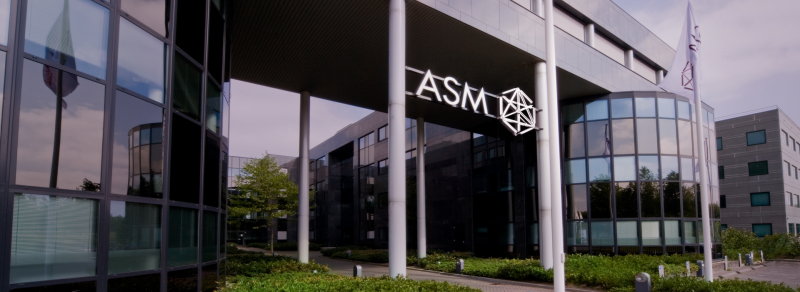Your cart is currently empty!
Catalyst printers from Delft receive another $6.5M
An investment with a Japanese twist enables VSParticle to increase its clout in Japan and accelerate the development of industrial-scale catalyst printers.
VSParticle (VSP) has raised 6.5 million dollars in a new investment round led by Nordicninja. The money will be used to scale up production and accelerate the development of an industrial-scale printer that’s 100 times faster than the current R&D version. Co-founder and CEO Aaike van Vugt expects venture capital fund Nordicninja to help increase his company’s clout in Japan. Previous investors Plural and Hermann Hauser are also participating in the new round. The fresh funding brings the total amount raised to 24.5 million dollars.
Founded in Delft in 2014, VSP develops machines that make it possible to process nanosized particle material. This allows researchers to speed up experiments with new material compositions. It can take ten years to discover new materials in a laboratory and another five to bring them to mass production. VSP says the total time to discover materials can be reduced to just one year. In the past year, the company has delivered its flagship device, the VSP-P1 Nanoprinter, to Sorbonne University Abu Dhabi, the Lawrence Livermore National Laboratory in San Francisco, the Materials Discovery Research Institute (MDRI) in Chicago and the Dutch Institute for Fundamental Energy Research (Differ) in Eindhoven, among others.


